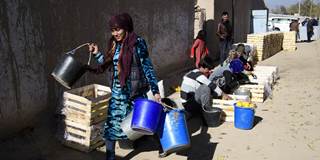Sustaining Progress in Transition Countries
Many countries in Eastern Europe and Central Asia have made remarkable progress in recent years, as measured by economic growth and reduction in poverty. But, despite clear gains, the region's middle-income countries continue to face structural bottlenecks that must be addressed before the UN's Sustainable Development Goals can be achieved.

NEW YORK – In the World Bank’s most recent “Doing Business” report, half of the Eastern European and Central Asian countries included in the global ranking were among the top 50. As a measure of economic maturity, the report confirms what many in the international development community have long known: the region is ascendant.